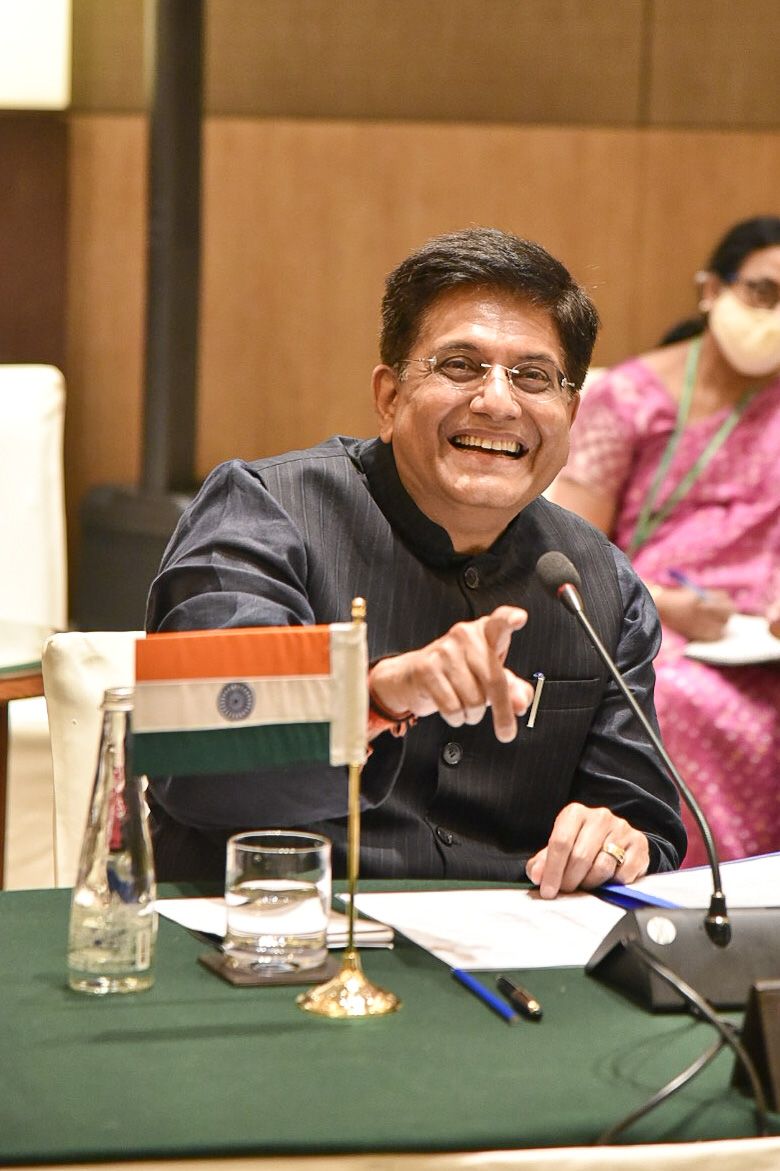Australia and India have agreed to conclude the Free Trade Agreement (FTA) by the end of 2022 during the 17th India-Australia Joint Ministerial Commission meeting. The announcement was made at the end of a meeting between Australia’s Trade Minister Dan Tehan and his Indian counterpart Union Commerce and Industry Minister Piyush Goyal.
Hailing the development as a big day for the economic partnership between the two countries, Minister Tehan said, the two sides agreed on a roadmap towards finalizing the FTA after the discussions.
Speaking to the media, Mr Tehan affirmed the 2022 deadline for the conclusion of the FTA.
Key issues included the expeditious negotiation of a bilateral CECA, resolution of tax-related issues faced by Indian software firms in Australia, ensuring increased two-way trade and the 12th Ministerial Conference of the WTO scheduled to be held at the end of this year.
Both India and Australia reaffirmed their commitment to conclude a CECA, including to reach an interim agreement by December 2021 to liberalise and deepen bilateral trade in goods and services, and to conclude the negotiations on a full CECA by the end of 2022.

The Joint Ministerial Commission detailed the areas that will be covered by the interim agreement consistent with Article XXIV of the General Agreement on Tariffs and Trade, including goods, services, investment, energy and resources, logistics and transport, standards, rules of origin, and sanitary and phytosanitary measures. Ministers also agreed to explore government procurement.
It was agreed that there would be an exchange of offers by the end of October 2021.
Looking to build on the progress made by both countries on earlier bilateral negotiations, both Ministers agreed on the need for a balanced trade agreement that encourages expanded trade and investment flow to the benefit of both of our economies, and that reflects a shared commitment to the rules-based international trading system.

India-Australia bilateral trade exceeded AUD$24 billion last year. Major Indian exports to Australia are petroleum products, medicines, polished diamonds, gold jewellery, apparel etc, while key Australian exports to India include coal, LNG, alumina and non-monetary gold.
In services, major Indian exports relate to travel, telecom and computer, government and financial services, while Australian services exports were principally in education and personal related travel.
In 2020, India was Australia’s seventh-largest trading partner and sixth largest export destination, driven by coal and international education.
Article 24 of the World Trade Organization (WTO) allows countries to form customs unions (CUs) or FTAs under two conditions. First, members should eliminate, substantially all internal barriers to trade inside the union, second, external trade barriers should not be increased on average.

Speaking at the joint press briefing in Indian Industry Minister Mr Goyal stated that the deal leverages the complementarities between the two countries and would unlock the trade potential between them.
Responding to a question on India’s decision not to join the Regional Comprehensive Economic Partnership, RCEP, the Minister said that India did not join RCEP because it was not in the economic interest of RCEP.
The development comes days after the Prime Ministers of the two-nation, Scott Morrison and Narendra Modi met in Washington as part of the QUAD leaders meet.





